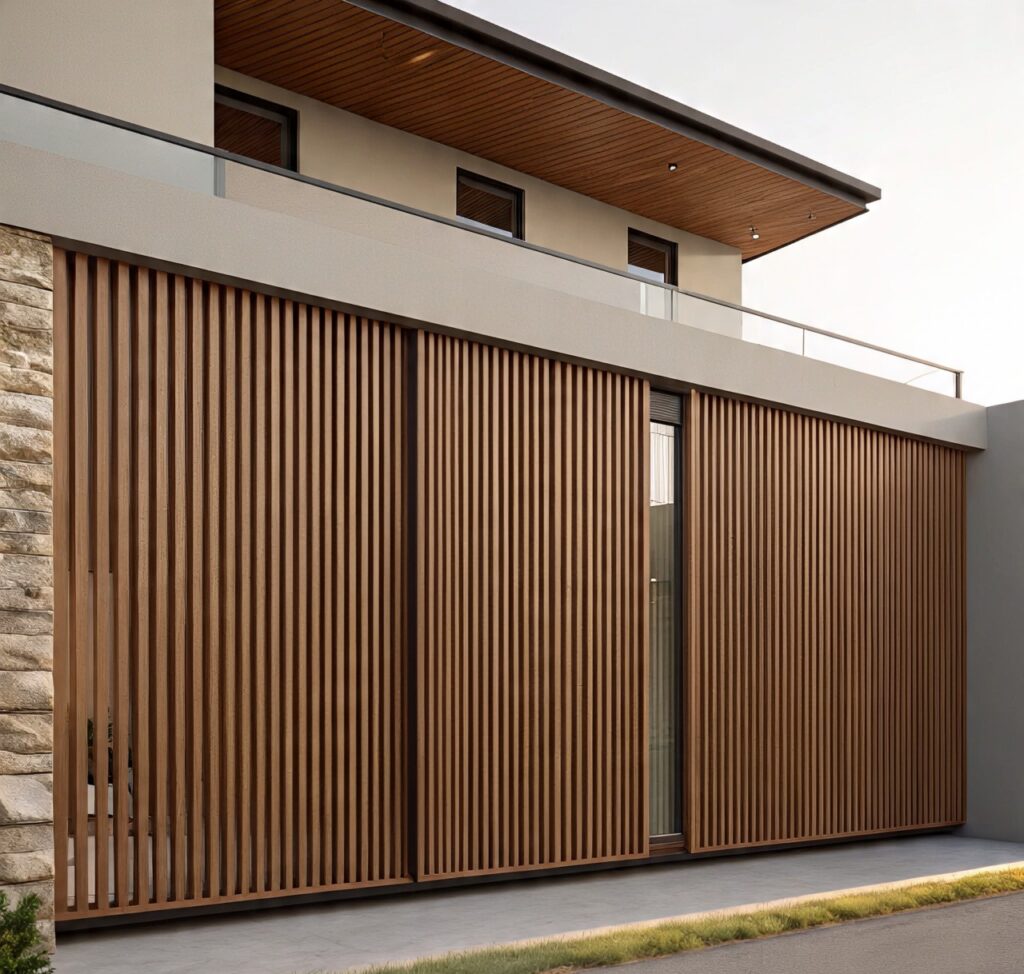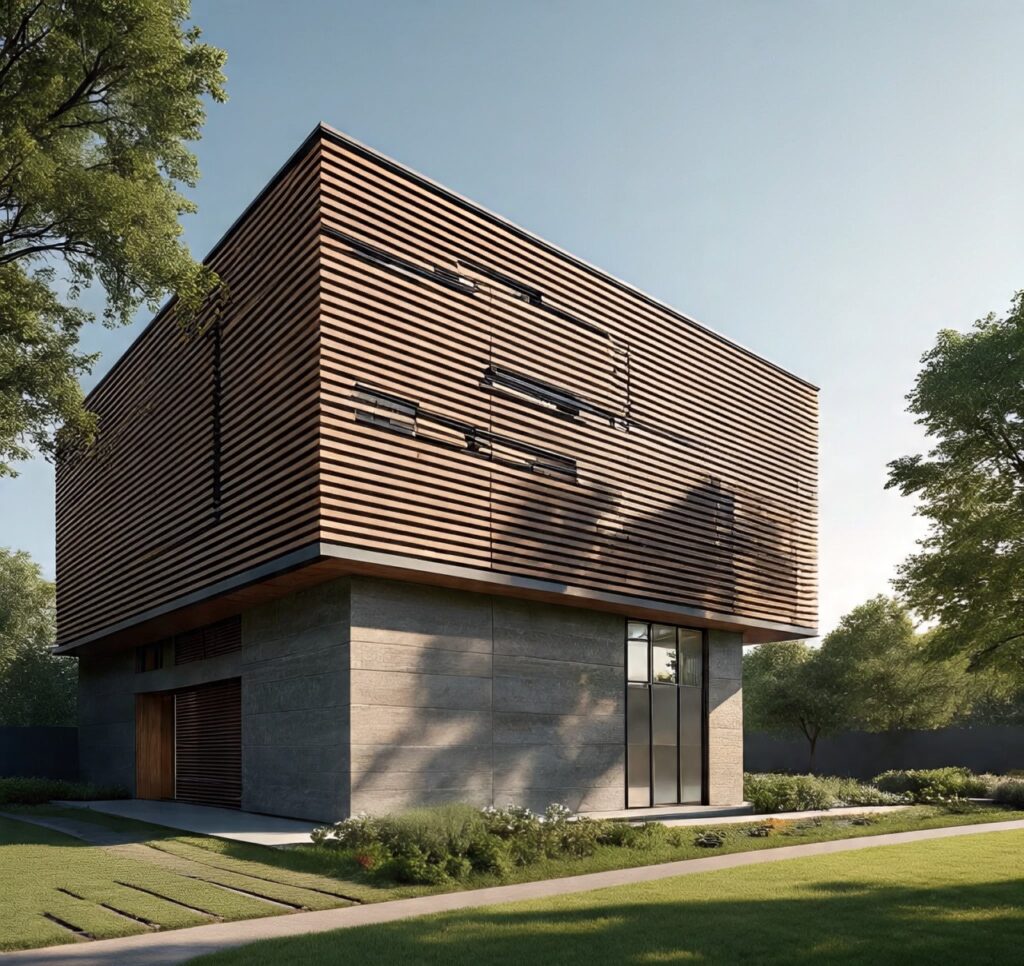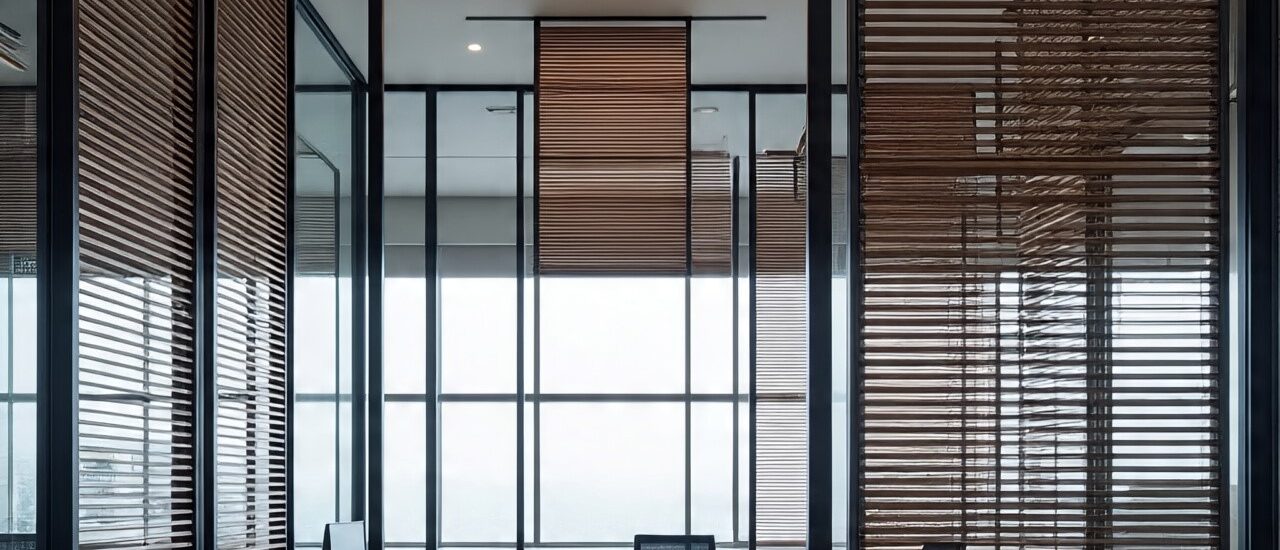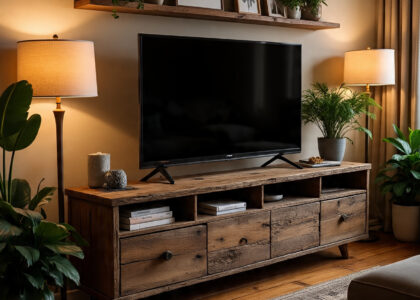What is a Louver and How Does It Work?
You’ve probably noticed louver before—on windows, doors, or even large building facades—without realizing what they’re called. I used to glance at them and think they were just some decorative design feature. But in reality, the louvers design plays a big role in how a building looks and functions. They do a lot more than add style to a structure—they improve airflow, control sunlight, and even protect against the weather.
They control airflow, manage sunlight, and even protect buildings from rain and debris. In this post, Noida Interior Kit designs will help you explore what a louver is, how it works, and why it matters in both residential and commercial spaces.
Understanding Louvers
Simply put, a louver is a series of angled slats—sometimes fixed, sometimes adjustable—that let air and light pass through while blocking unwanted elements like rain, dust, or direct glare from the sun.
Louvers can be made from different materials like aluminum, steel, wood, or glass, depending on where they’re installed. For example, aluminum is common in industrial spaces because it’s lightweight and resistant to corrosion, while wooden louver is often used in homes for a more natural look.
Interestingly, the global louver market is projected to grow steadily in the coming years, thanks to rising demand for sustainable and energy-efficient buildings (MarketsandMarkets). This tells us that louvered aren’t just old-fashioned ventilation tools—they’re part of modern building science.
Also, Read: Simple False Ceiling Design in Modern Offices
How Louver Work
Airflow and Ventilation
Think about how stuffy a room feels without fresh air. It helps solve this by allowing ventilation without leaving a space fully exposed. In HVAC systems, for example, they let air move freely while blocking debris.
According to ASHRAE (American Society of Heating, Refrigerating, and Air-Conditioning Engineers), proper ventilation can reduce indoor pollutants by up to 80%. That makes louvers an easy, passive way to support healthier air indoors.

Light and Heat Control
It is also key in daylight control. The angled blades let in soft, diffused light but block harsh, direct sunlight. This reduces glare on screens, keeps rooms cooler, and helps cut down on energy costs.
In fact, the U.S. Department of Energy notes that smart daylighting strategies can reduce lighting energy use by up to 80%. So, when we think about it, they’re not just about comfort—they can actually save money, too.
Weather Protection
Another important function of these structures is shielding buildings from rain and wind. Certain designs, like drainable types, channel water away to prevent leaks. In regions with frequent storms, these details can significantly improve building performance. This is why louvers are often considered essential in commercial interior design in Noida, where both practicality and long-term protection matter just as much as style.

Conclusion
We can see now that louvers are more than simple slats—they’re multipurpose tools that manage airflow, filter sunlight, and defend against the elements. Whether in your home, office, or an industrial building, they’re quietly working to make spaces healthier, more comfortable, and more energy efficient.
So next time you spot those angled slats on a wall or window, you’ll know they aren’t just there for looks—they’re doing an important job.
What about you—would you consider adding smart design features to your home or workspace to improve comfort and efficiency?Don’t wait- Book a consultation with our team now!






